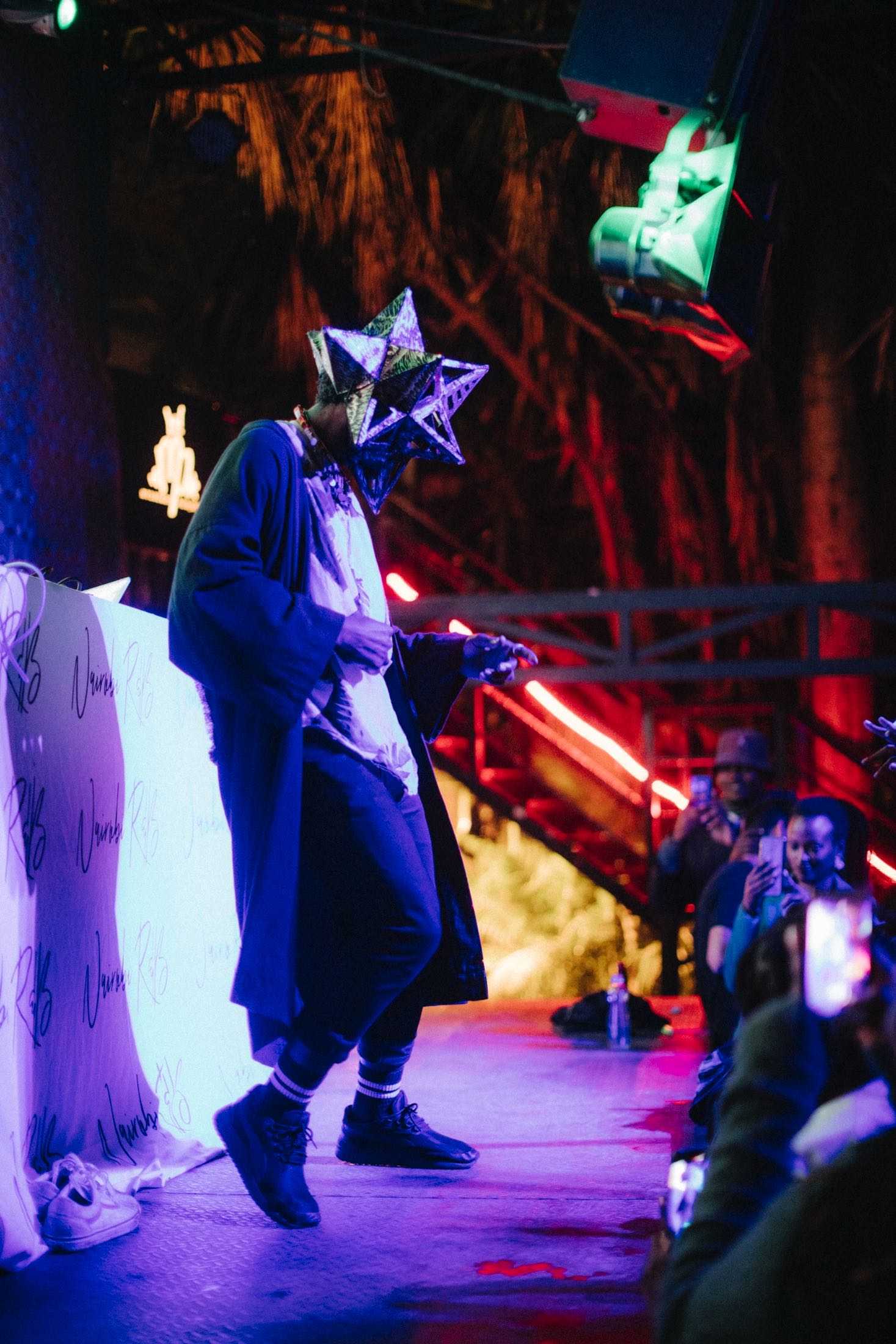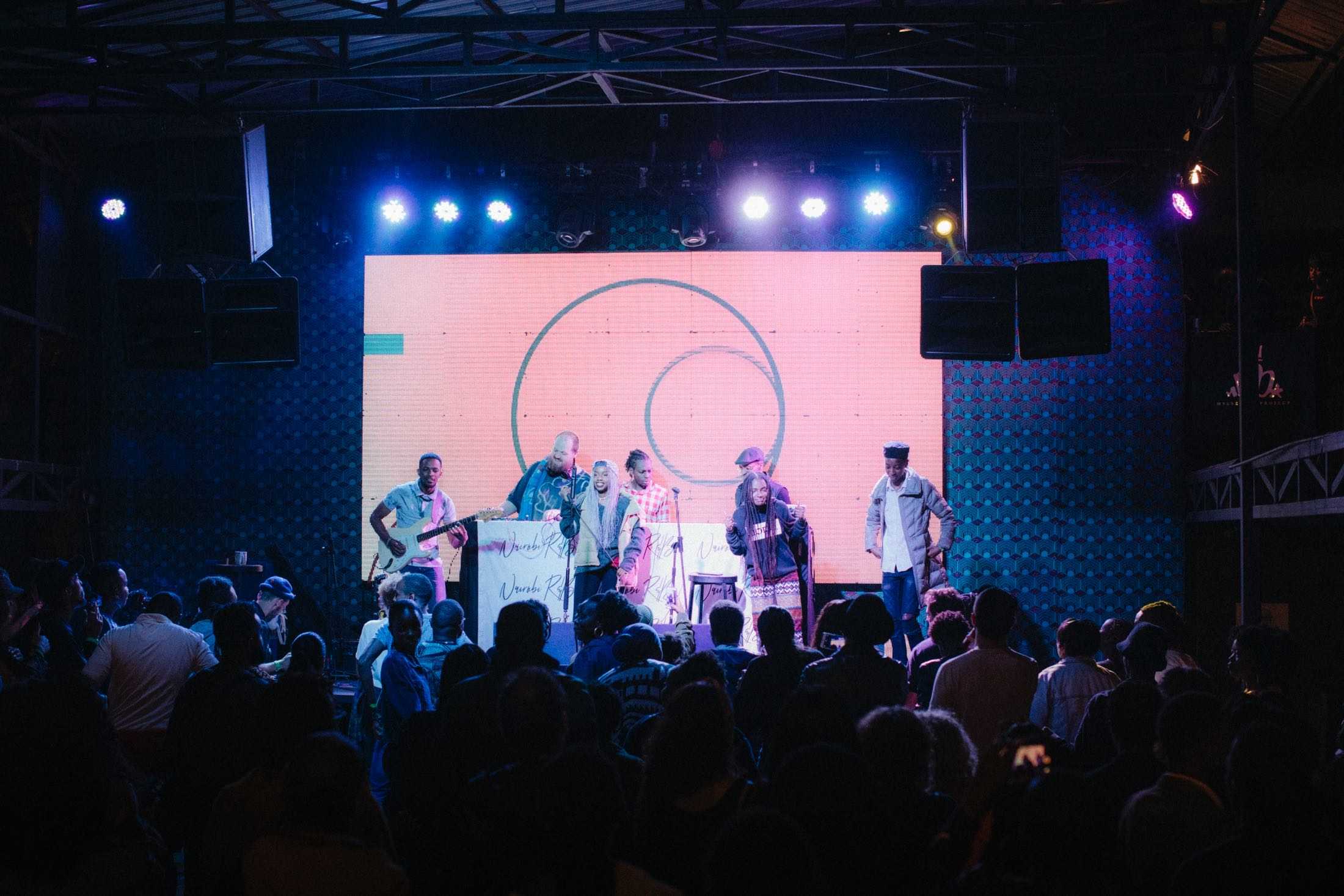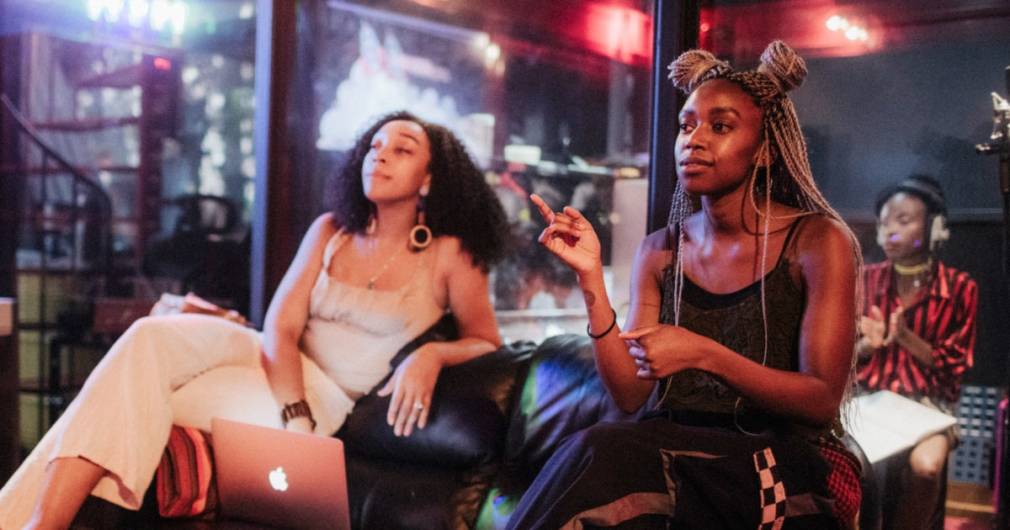Get together eight artists from a number of different countries and backgrounds for a week in Nairobi to create an album and a documentary – this was the ambitious gamble made and won by the creators of the Extra Soul Perception (ESP) project. PAM spoke with four of the collaborators from Uganda, Kenya and England, for a snapshot of this adventure.
Update on June 24 2020: The EP New Tangents In Kampala, London & Nariobi Vol. 1 is due to out soon, on July 3. Listen to an exclusive track from the project, “Ancestry”, a deep and sacred ode to their predecessors, co-produced by Lex Amor and Faizal Mostrixx, with shamanic lyrics from Hibotep and additional verse from Lex.
Even if the word ‘soul’ is at the heart of the ESP initiative, the idea wasn’t to reinvent the codes of a genre that so many have already played with, but rather to find new ways of interpreting it. This is about soul in the spiritual sense of the word, finding a creative bubble where artists can give free rein to their imagination. As their list of ideal though improbable collaborations grew, the bosses of the label Waella’s Choice, along with DJs Andy Lemay and Aaron Levitt, decided to move their dream into the real world by developing this platform. They wanted an innovative way to bring together artists in the same place at the same time, as well as to discover and work with local talent on the road. Between 24th November and 1st December 2019, the Supersonic Africa studio in Nairobi played host to an unprecedented collaboration between avant-garde musicians from Uganda (Hibotep, Faizal Mostrixx), Kenya (Labdi, Karun) and the UK (Lex Amor, Lynda Dawn, K15, Maxwell Owin), with the goal to produce audio and visuals by the end of the week.
All forms of soul
Like lab researchers guided by empirical instinct, Andy and Aaron defined a goal, kept artist criteria to a minimum, chose their subjects, and began to experiment without worrying too much about the outcome. ‘We weren’t trying to define the sound of specific countries, nor be too forensic about what it was saying about soul music’, explains Andy. ‘Essentially, we wanted to put loads of artists that we love into a studio together, united by common musical interests but with as few creative restraints as possible, and see what would happen.’
By relying on a combination of the eight elected artists’ expertise, the founders hoped to create a new form of art that wasn’t only musical, but also visual. In fact, the immersive week in the Kenyan capital resulted in an album, a mini-tour in England, a documentary, and a photo exhibition. ‘We knew we wanted to accompany the project with that kind of media, but how that would look or sound was to be defined by the musicians, along with videographer Angela Stephenson and photographer Dan Medhurst.’
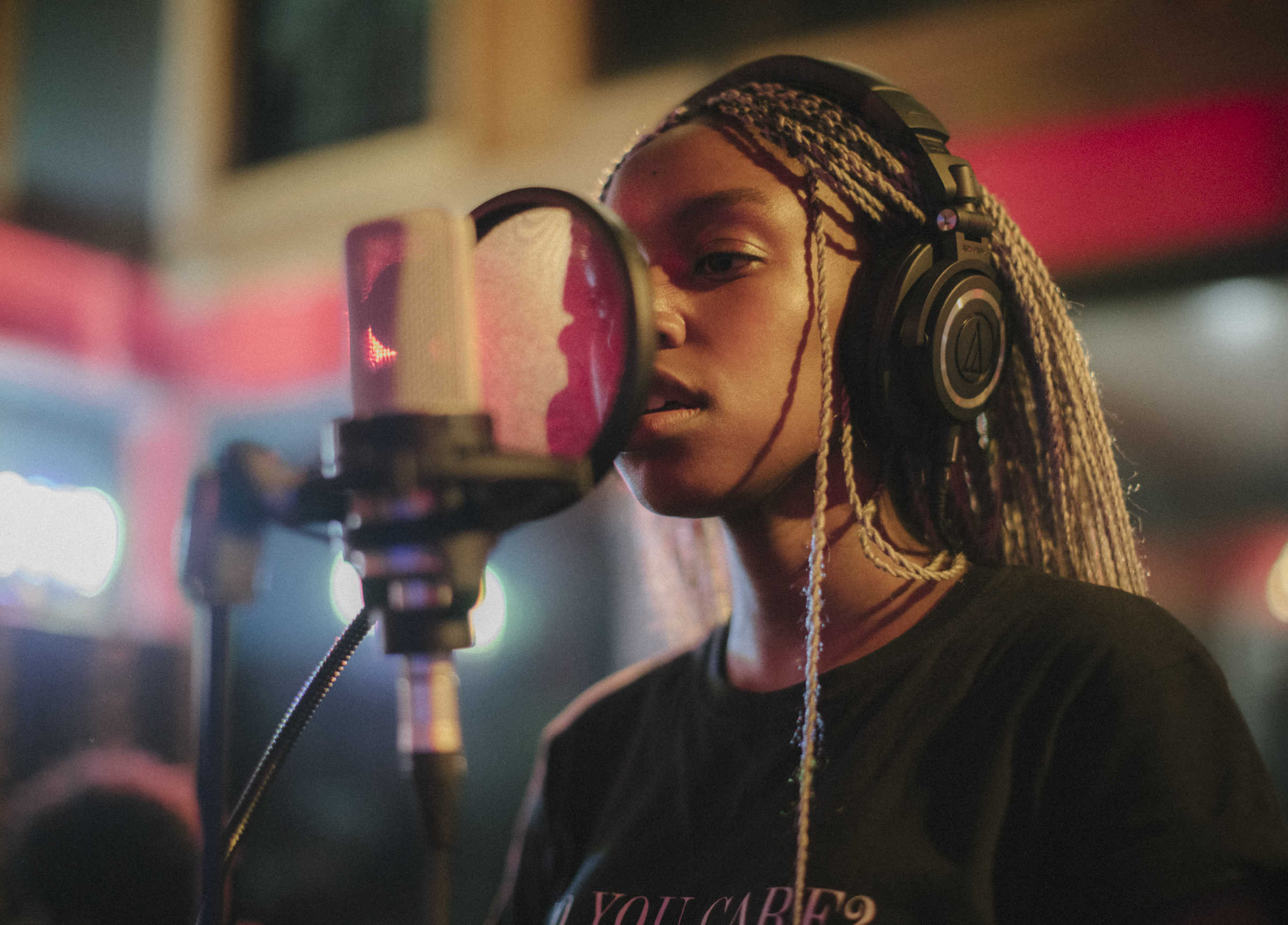
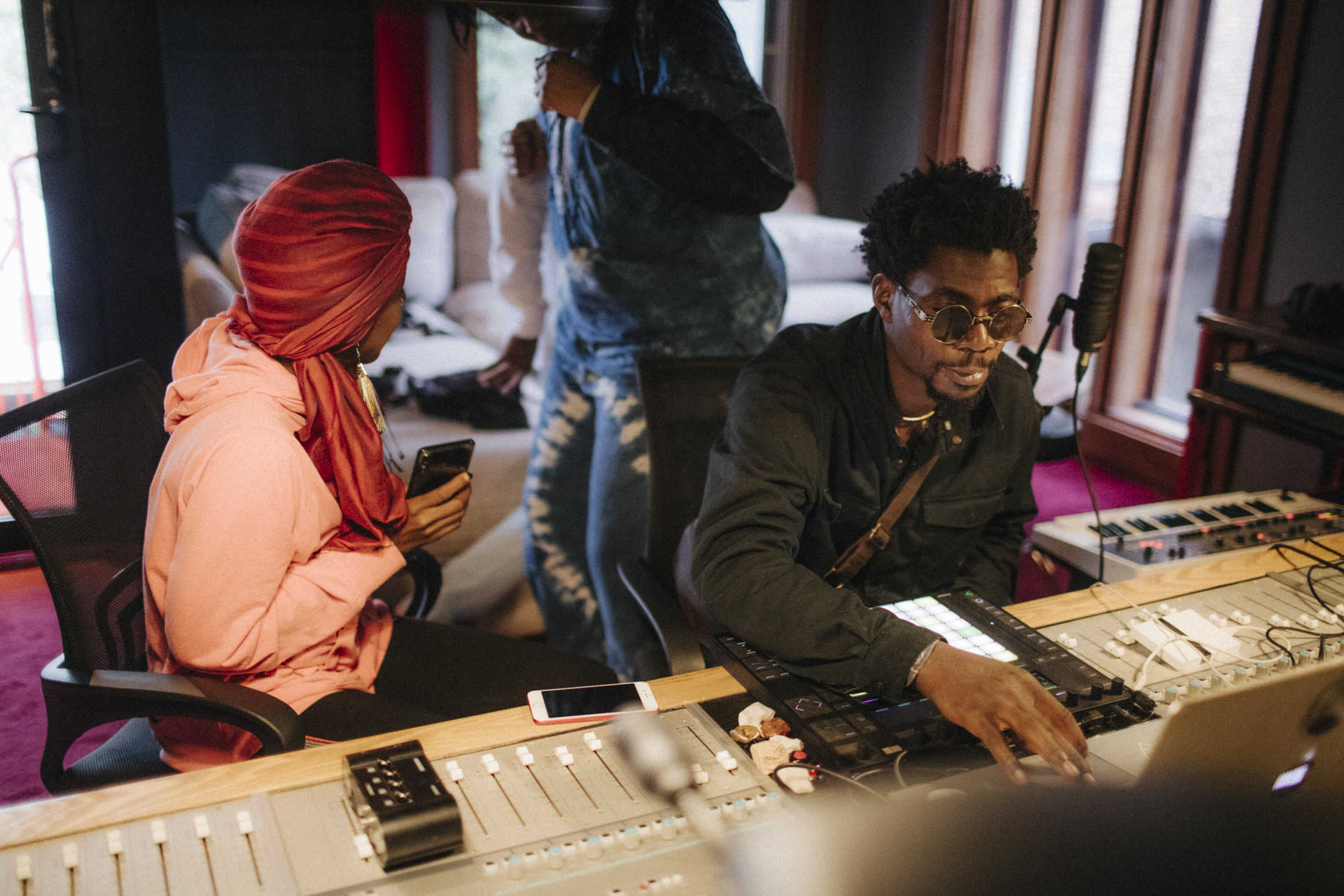
On paper, this slightly crazy project could sound like it was conceived on a bit of a whim, with an uncertain conclusion and nothing to support the artists after the event. However, it caught the eye of the British Council, who decided to fund it through its ‘new Arts new Audiences’ (nAnA) entity, a multidisciplinary initiative that connects Great Britain to sub-Saharan Africa. Armed with this precious support, and that of a number of other organisations, Aaron and Andy didn’t hesitate to put their plans into practice. Their artists were given guidance in the studio but were free to take any direction they wanted.
In addition, the name Extra Soul Perception is a nod to the work of jazz musician Monk Higgins and his 1968 work of the same name. ‘That album was pretty forward-thinking at the time [thanks to] its open-minded approach to harmonising different sounds outside of traditional jazz’ believes Andy. ‘We wanted to take the same thing into our project, expanding it to recording techniques and artists’ backgrounds. The name itself also perfectly summed up our approach to the album – rooted in soul but pushing the boundaries of what soul music could be.’ Jazz, soul, hip-hop, R&B, house, techno; for this duo, anything could count as soul. Their wide and international vision for the music is light years away from defining the genre only by Aretha Franklin or Nina Simone.
The choice of the chosen
Kenya, Uganda, England. These three countries each possess outstanding creativity in their own unique ways. For Brits Aaron and Andy, the choice to get closer to these two East African countries was clear to their ears.
‘We have been keeping tabs on the musical output of East Africa for a while. I spent some time with Arlen from Nyege Nyege who put me onto some amazing artists, while Aaron does a lot of work with Mia Zur-Szpiro, who gave us a tip off for a lot of talent after shooting a documentary on the NuNairobi sound. We felt there could be some magic made between the energy and drastically different sounds coming out of Nairobi and Kampala, fused with the resurgent deep soul and jazz scenes in the UK.’
With the meticulousness of a coach before a World Cup final, the duo selected artists who could compliment one another, while at the same time remaining true to their own unique sound personality. Andy says of this challenge, ‘we were interested in clashing and fusing these sounds and genres together to see what could be created. Aside from their musical talent, it was also really important for all the artists to be open to collaboration and well…to just be nice!’
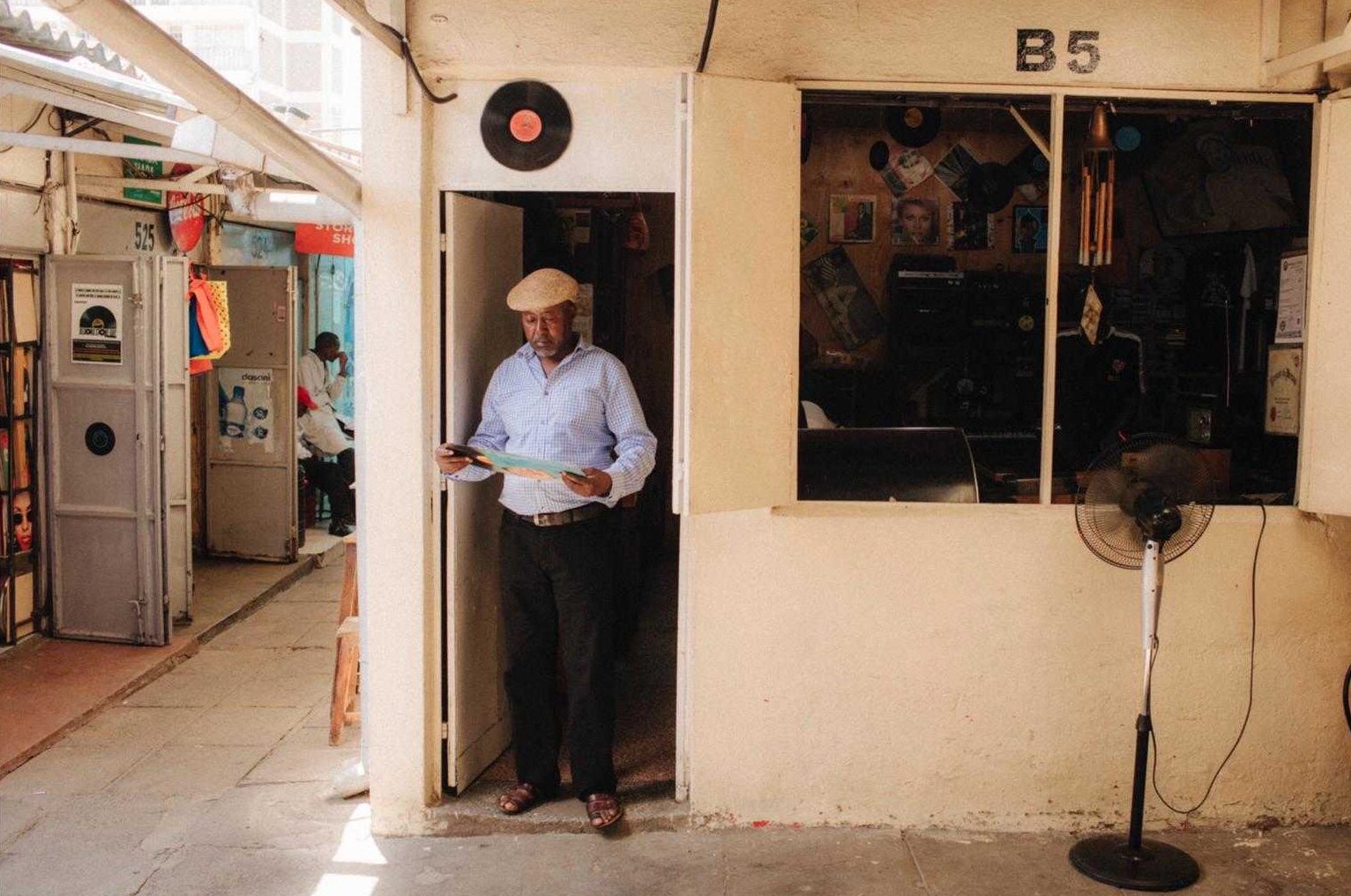

In London, the first artist to be selected was Lynda Dawn, a soul singer with a background in gospel music who’d been spotted by Gilles Peterson. DJ and producer Maxwell Owin was next on board, with his background in modern jazz through work with Joe Armon-Jones and Nubya Garcia, and the artist K15, who transforms jazz and soul through house vibes. Finally, rapper Lex Amor rounded off the British part of the team, bringing a touch of rapped and whispered spoken word and poetry.
‘I was approached by Aaron’, the radio host remembers. ‘He reached out and told me about the aims of the project. I’d released something about a year ago for one of his organisations called Stamp the Wax. I guess that has something to do with why they reached out, but I guess there is also a kind of a musical connection. It was kind of organic, I was immediately interested.’
In Uganda, a land of exploration, Aaron and Andy were spoilt for choice, starting with the unmissable contemporary dancer and producer Faizal Mostrixx, with whom PAM has chatted before (https: // pan- african-music.com/faizal-mostrixx-lalchimiste/). To support him, none other than the underground visionary artist also known to the Nyege Nyege Festival – film director, fashion designer, rapper, DJ, and producer, Hibotep. She brings her wide range of skills to the project, producing and singing on some songs.
‘As a DJ, and dealing with all my other entities, sometimes it is hard to figure out what you are going to do’, Hibotep confesses. ‘But for ESP, I wanted to get out of my comfort zone and be able to use my voice without being scared. The ESP team inspires and encourages you to try and not be afraid, to show as much as you can, and to be better at what you do.’
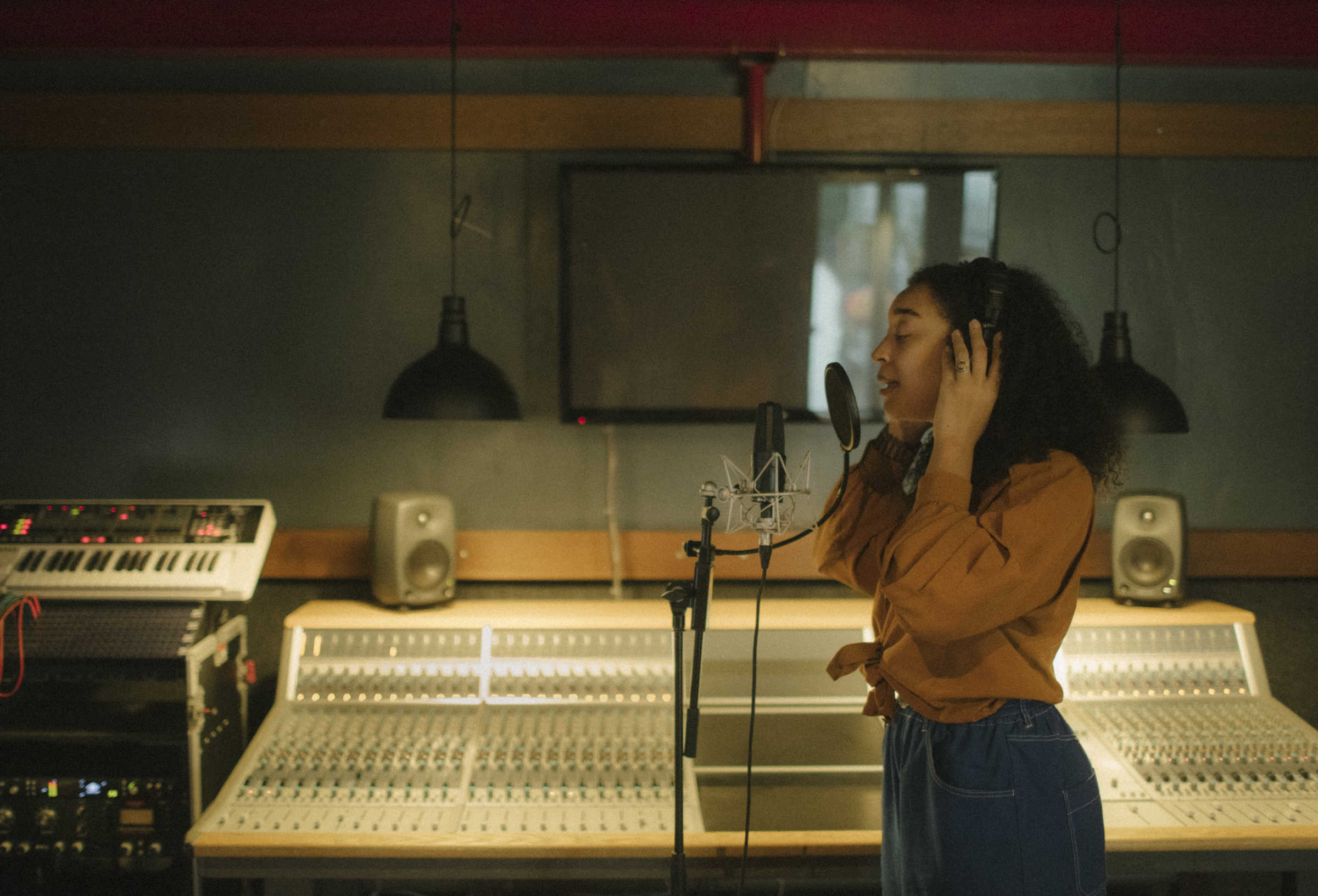
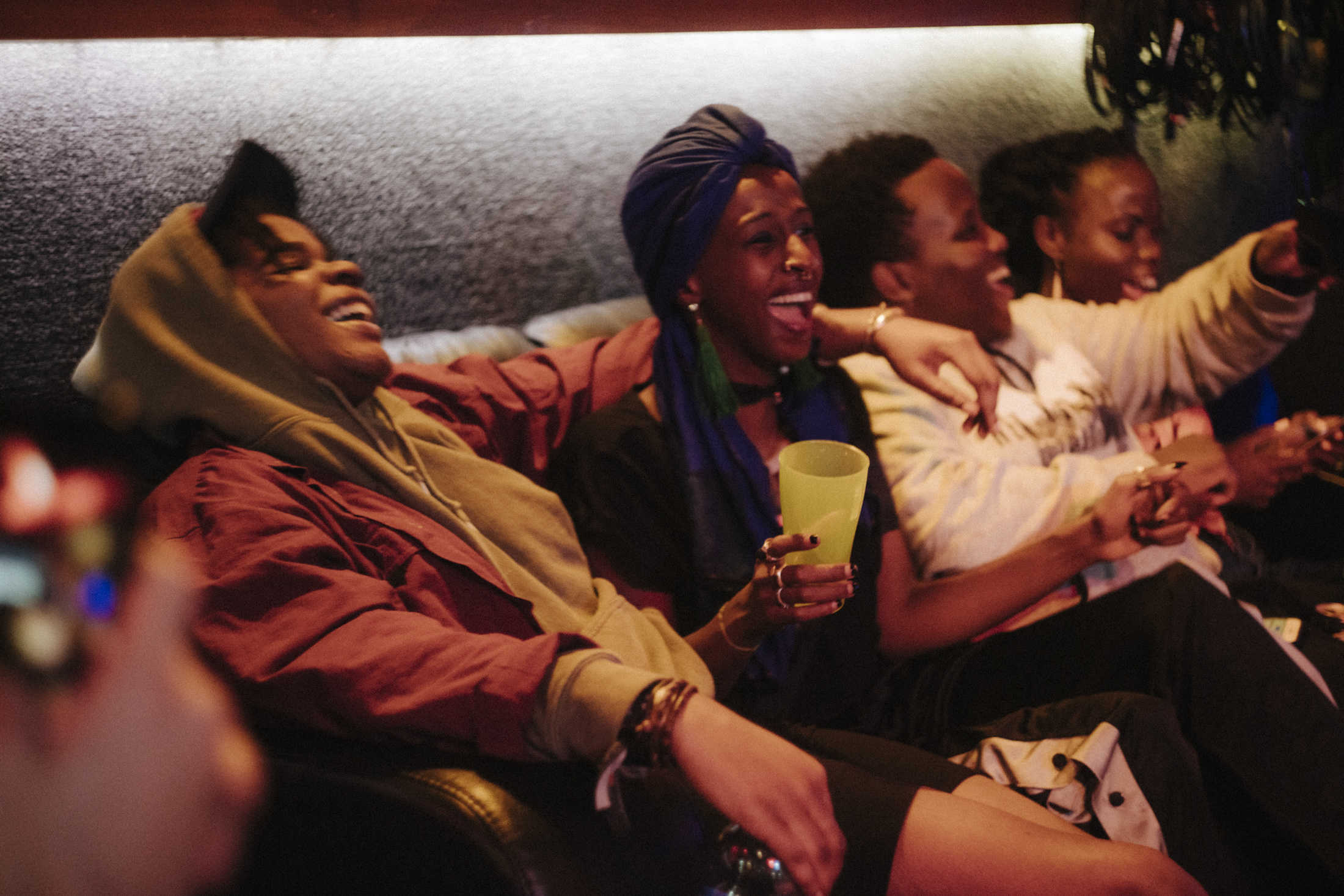
To the east, across the border, the young singer and songwriter Karun, one of Kenya’s most prominent soul voices, was also participating in the project alongside Labdi, the only East African woman to have ever played the orutu, a traditional string instrument, professionally.
‘This could be one of the reasons why I was selected to be part of ESP’, reflects the player. ‘I bring something different to the table, as well as being young and part of a small demographic of young African musicians pursuing traditional instruments. This is what I bring – a rawness, an unapologetic Luo spirit and traditional Luo influences which are part and parcel of who I am.’
A typical day in Nairobi
Once the group was assembled it was time to enter the studio, Supersonic Africa, for a full week of hands-off research and improv sessions. ‘We wanted to make sure this project was totally artist-led, and that the chemistry between the eight musicians would create this brilliant music’, says Andy. Of course, the prospect of carte blanche was greeted enthusiastically by the artists. Thirsty for freedom, they were ready to fill the room with their ideas. ‘I honestly just couldn’t wait to get to the studio every day’, Labdi confesses. ‘There was a sort of magic in there.’
In fact, all the musicians felt the same way. The fact of having free reign to play with soul in such a liberating atmosphere was a brilliant motivator, and allowed each of them to bring the best of themselves to each recording session.
With the enthusiasm of a child telling their parents all about their adventures during summer camp, Hibotep shares a typical day in Nairobi: ‘A typical day would be waking up and coming to eat lunch together, to get closer. Then we get to the studio and everybody is assigned to a team, and everyone wants to work together so badly. We hang out together, we work, we ask each other for advice, when someone is lost, we help each other…’ Day after day, these musicians forged links through their music, so much so that any barrier separating work and play was quickly shattered. ‘After work we all wanted to hang out together so we wouldn’t leave the studio,’ continues the Ugandan.
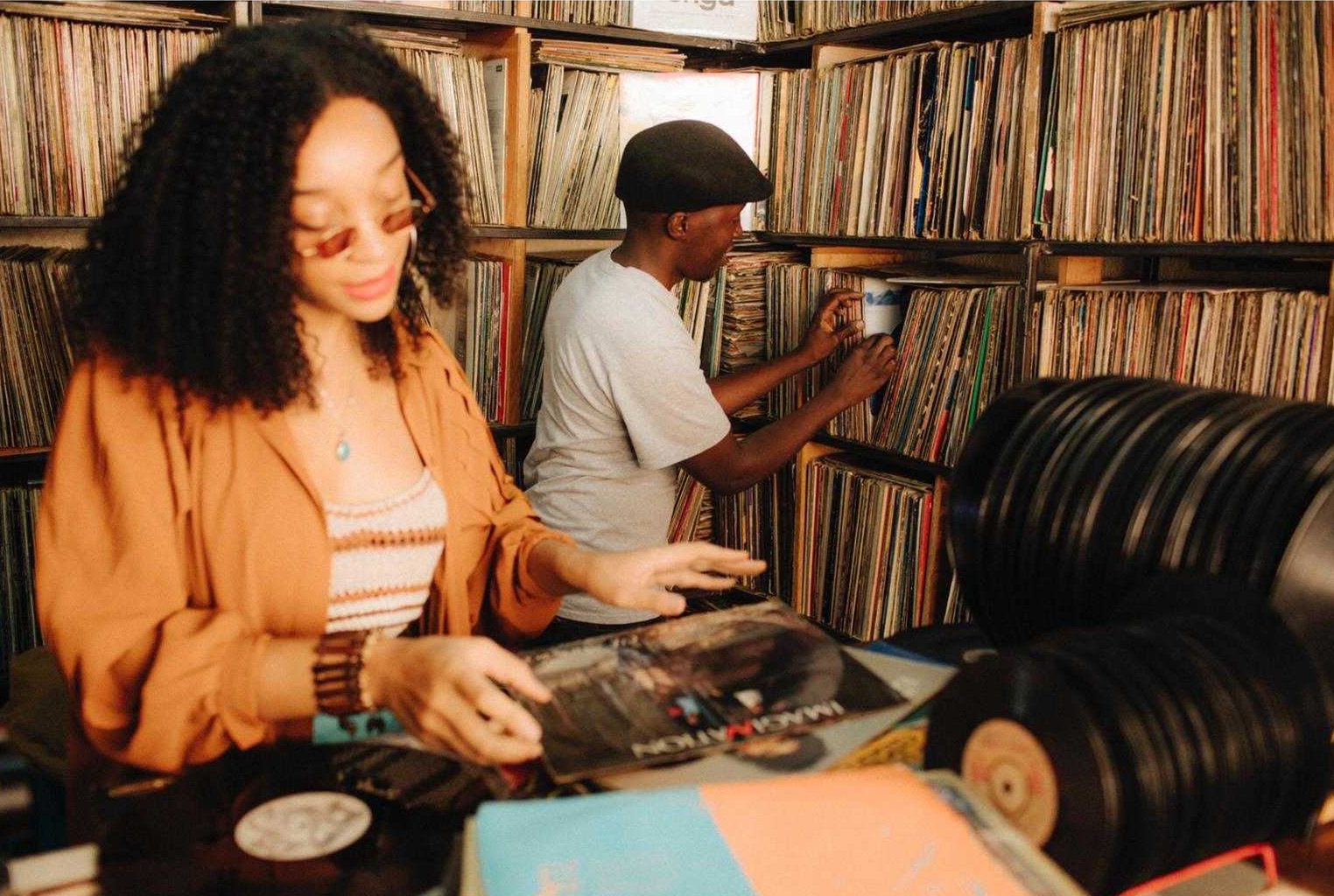
Nevertheless, Lex Amor confessed that this was the most relaxing musical experience of her life, a moment of artistic emancipation she’s unlikely to forget in a hurry. Labdi adds, ‘we all enjoyed working together to the point that we would create extra time. There was always someone in the studio, and as much as it was a work-intensive time, we didn’t feel the effects until after everyone had flown back.’
Taking a back seat, Andy only heard the first recordings once the session was over, whereupon, he congratulated himself. ‘I’m just happy we could provide an environment where they were able to comfortably collaborate’, he says, without a hint of worry about what the claustrophobic atmosphere of the Nairobi studio could have created. He continues, ‘that is what I’m proudest of, maybe – the fact that we could step back and let the artists and engineers express themselves fully, without Aaron or I feeling the need to interfere.’
The resulting album showcases a cornucopia of influences, as indescribable and spontaneous as they are organic. It provides a vision for the future of soul music, imagined by this almost utopian community of artistic ambassadors from several different countries, advocating unity through music. When the planets align, unforgettable moments can emerge anywhere. Labdi remembers exactly such a moment when percussionist Idd Aziz came into the studio to play a song. ‘Everyone stopped what they were doing to sit in the studio and listen to the recording first hand. A recording session has never in my life been so full of people. It was beautiful.’
So, what’s next ?
For so many of those involved, Extra Soul Perception was a great success, and provided lots of opportunities to learn. For many of these artists it’s opened up new possibilities for the future and new ways of looking at their music. Lex Amor is excited for this.
‘Sometimes you’re just making music for yourself, and you can be bugged out by little details, and it kind of slows down the process. When you work in that kind of collaborative mode, and when there is a kind of time element, all the energies in the room have to focus on priorities in the music, and catch the essence of the soul. I’m not going to say there is a lack of quality, but you learn what is more important in the music-making process. I think I’ve taken that into the way I make music. I just learnt to accept that something was done.’
And what about the future of ESP? It was natural to put this question to Andy, lest the project be only a fleeting moment of genius. ‘It is definitely a long term project’, he reassures us, ‘and this edition is hopefully the first of many to come over the years. We are in the process of developing new collaborations at the moment, some based in Kenya and Uganda, and others further afield. The newly launched Extra Soul Perception label will see all the results of these collaborations released on vinyl and digital, as a permanent homage to the recording sessions in Nairobi and London.’
